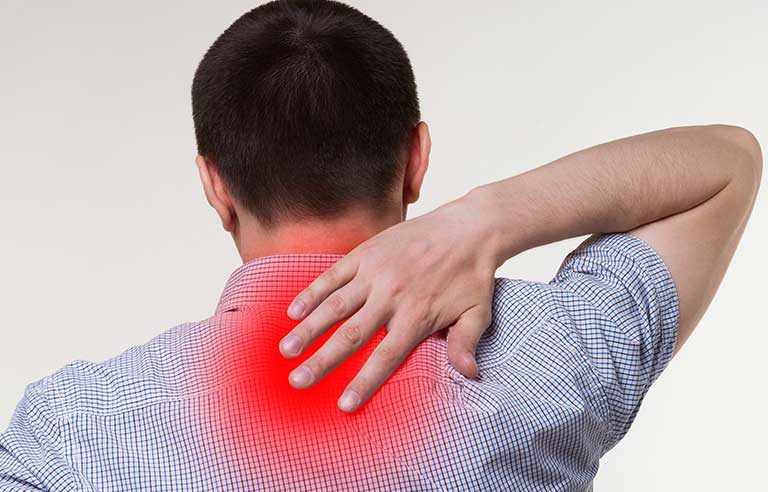New guidelines recommend topical NSAIDS as first-line treatment for musculoskeletal pain

Philadelphia — Two physician groups are recommending topical nonsteroidal anti-inflammatory drugs – with or without menthol gel – as a non-opioid “first-line therapy” for treating acute pain from non-low-back musculoskeletal injuries.
In recently released clinical guidelines, the American College of Physicians and the American Academy of Family Physicians cite research showing that topical NSAIDs are among the “most effective for pain reduction, physical function, treatment satisfaction and symptom relief, and were not associated with any significant harms.”
Other alternatives are the use of oral NSAIDs, acetaminophen, acupressure or nerve stimulation.
Opioids, including tramadol, shouldn’t be used “except in cases of severe injury or intolerance of first-line therapies,” the organizations state in an Aug. 17 press release, adding that opioids carry the risks of long-term addiction and overdose.
In a 2016 report, the United States Bone and Joint Initiative estimates 126.6 million Americans – or half of all adults – are affected by a musculoskeletal condition, resulting in about $213 billion in annual costs, including treatment and lost wages.
| Sign up for Safety+Health's free monthly email newsletters and get the news that's important to you. |
“As a physician, these types of injuries and associated pain are common, and we need to address them with the best treatments available for the patient,” ACP President Jacqueline W. Fincher said in the release. “The evidence shows that there are quality treatments available for pain caused by acute musculoskeletal injuries that do not include the use of opioids. There are a number of recommended interventions that are not opioids to choose from, and topical NSAIDs should be the first line of treatment.”
The guidelines were published online Aug. 18 in the Annals of Internal Medicine.
Post a comment to this article
Safety+Health welcomes comments that promote respectful dialogue. Please stay on topic. Comments that contain personal attacks, profanity or abusive language – or those aggressively promoting products or services – will be removed. We reserve the right to determine which comments violate our comment policy. (Anonymous comments are welcome; merely skip the “name” field in the comment box. An email address is required but will not be included with your comment.)
